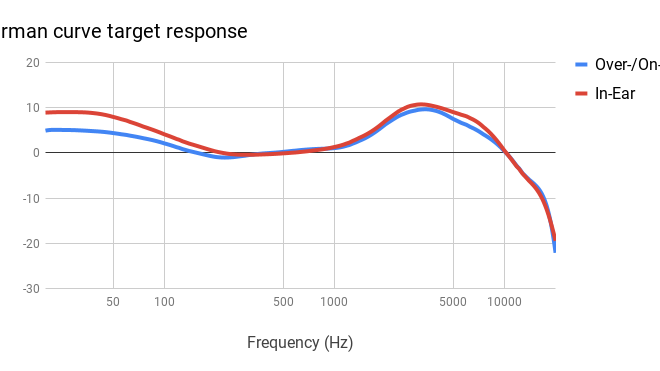What Is the Harman Curve? Does It Really Give the Best Sound Quality?

The Harman curve, also known as the Harman target response, is a research-based frequency response curve that aims to provide the best possible sound quality for headphones and speakers. It was developed by Dr. Sean Olive and his team at Harman International Industries in the late 2000s, and it has since become a widely accepted standard for audio reproduction.
The Harman curve is based on extensive research into human sound perception, taking into account the way we perceive different frequencies at different volume levels. It aims to achieve a neutral, balanced sound that is pleasing to the ear and free from any harshness or distortion. To achieve this, the curve emphasizes certain frequency ranges while reducing others, with the goal of creating a smooth, natural sound.
So, does the Harman curve really give the best sound quality? The answer is, it depends on who you ask. While many audio professionals and enthusiasts swear by the Harman curve as the gold standard for sound quality, others argue that it is overly artificial and doesn’t necessarily reflect the way music is supposed to sound.
One major criticism of the Harman curve is that it prioritizes a flat frequency response, which some argue can result in a boring, lifeless sound. Critics argue that true high-end audio gear should prioritize accuracy and detail over a neutral response, allowing the listener to hear every nuance and subtlety in the recording.
Another criticism of the Harman curve is that it may not be suitable for all genres of music. Some argue that the curve is better suited for genres like classical music and jazz, which require a more natural, uncolored sound, while other genres like rock and pop may benefit from a more dynamic, aggressive sound.






